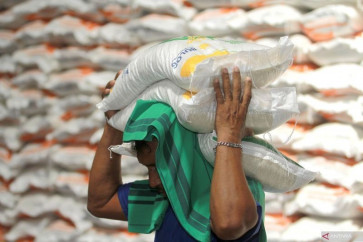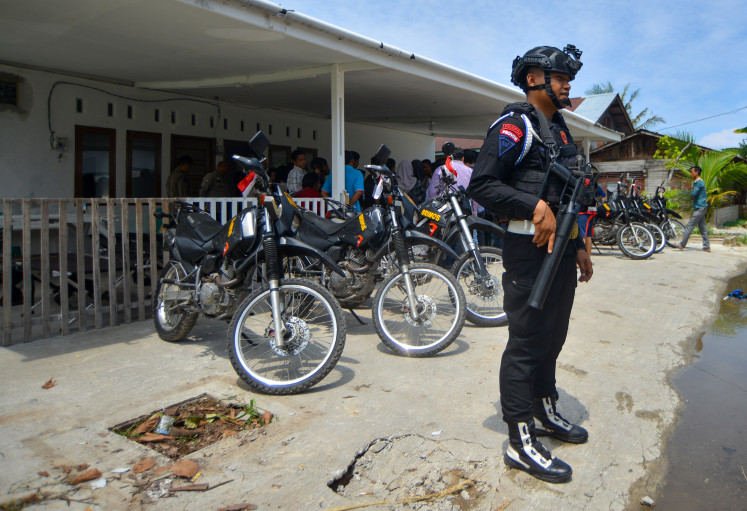Popular Reads
Top Results
Can't find what you're looking for?
View all search resultsPopular Reads
Top Results
Can't find what you're looking for?
View all search resultsUN: Besides Haiyan, 2013 storm season near average
Apart from Typhoon Haiyan, which has devastated the Philippines, it's been an average year for tropical cyclones, the U
Change text size
Gift Premium Articles
to Anyone
A
part from Typhoon Haiyan, which has devastated the Philippines, it's been an average year for tropical cyclones, the U.N. weather agency said Wednesday in its annual climate report.
The World Meteorological Organization counted 86 tropical storms so far this year, just three short of the annual average since 1981. They were unevenly spread across the globe.
The Atlantic saw its quietest season since 1994 in terms of the intensity and duration of tropical storms, according to the WMO report, which was released as U.N. climate talks were ongoing in Warsaw. Of the 12 named storms only two ' Humberto and Ingrid ' reached hurricane strength. Both were Category 1 hurricanes, the lowest level.
The Western North Pacific, however, had recorded 30 storms by early November, above the annual average of 26, the WMO said. Thirteen of them were typhoons, including Haiyan, which struck the Philippines last week.
Storms that reach 74 mph (119 kph) are called hurricanes in the Atlantic and typhoons in the northwest Pacific.
Typhoon Haiyan is one of the most powerful storms to make landfall anywhere, and it is feared to have killed thousands of people and affected more than 9 million.
"Although individual tropical cyclones cannot be directly attributed to climate change, higher sea levels are already making coastal populations more vulnerable to storm surges. We saw this with tragic consequences in the Philippines," WMO Secretary-General Michel Jarraud said in a statement.
The global sea level reached a record high in March this year, according to the report. Since satellite measurements began in 1993, seas have been rising annually by about 3.2 millimeters or just over one-tenth of an inch. Scientists believe it's a result of global warming.
The report also said 2013 is on track to become one of the top 10 hottest years on record. The first nine months of the year were about 0.86 F (0.48 C) warmer than average, meaning 2013 so far is tied with 2003 as the seventh hottest year since the start of measurements in 1850, the WMO said.
The hottest year on record is 2010.
___
Karl Ritter can be reached at https://twitter.com/karl_ritter










